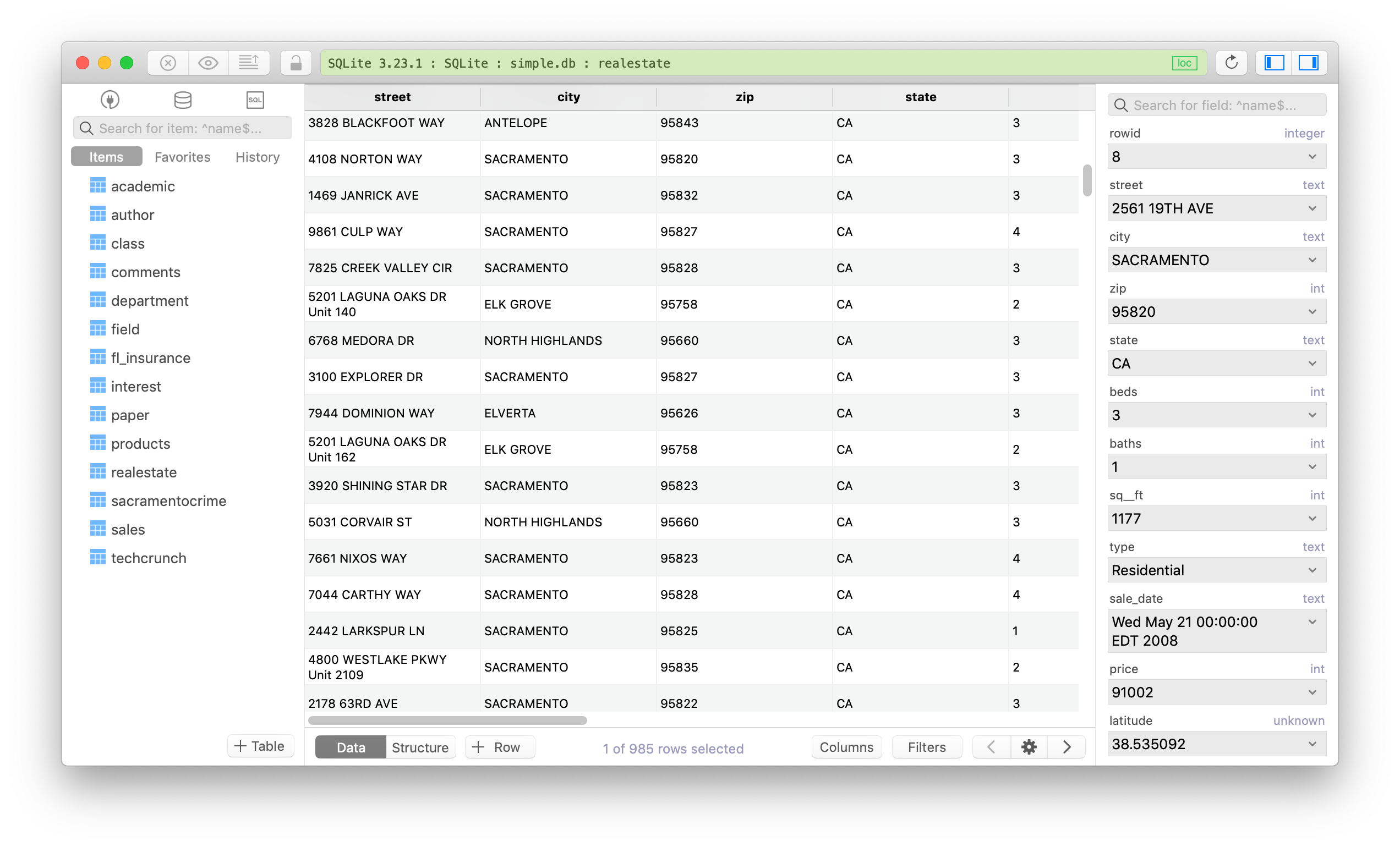SQL vs MySQL - Same same but different
If you think SQL and MySQL are somewhat similar to each other, chances are, you have to think again. They are two totally different things.
To know the difference, we have to start with definition of relational database manangement system (RDMS).
A relational database management system (RDMS) is a database management system that is based on the relational model, which stores data in a structured format using rows and columns. It allows you to create, update, and manage a relational database using SQL language.
SQL, or short for Structured Query Language, is a domain-specific language used in designing and managing structured data held in a relational database management system (RDBMS).
SQL syntax is very English-like, which makes it relatively easy to write, read, and interpret.
MySQL is just one RDMS, among many other RDMSs such as SQLite, PostgreSQL, Microsoft SQL Server, Oracle… It’s also the most popular open source SQL database.
So, basically, the difference lies in the definitions: SQL is a query language and MySQL is a database software which uses SQL to query its data.
In plain term, a MySQL database is like a book and SQL is the language you used to read what’s in that book.
How about SQL Server?
Initially, I did a quick search on Google for SQL vs MySQL and I was so surprised that a lot of people actually brought up the comparison of SQL Server vs MySQL for this topic. No, that’s so misleading, SQL Server (or Microsoft SQL Server) is not equal to SQL or similar in any ways. Just like MySQL, SQL Server is an RDMS which uses SQL to access its database.
Need a good GUI tool to manage relational database like MySQL? Try TablePlus. It’s a modern, native GUI that allows you to simultaneously manage multiple databases such as MySQL, PostgreSQL, SQLite, Microsoft SQL Server… in a fast and secure way.
Not on Mac? Download TablePlus for Windows.
On Linux? Download TablePlus for Linux
Need a quick edit on the go? Download TablePlus for iOS.
